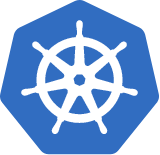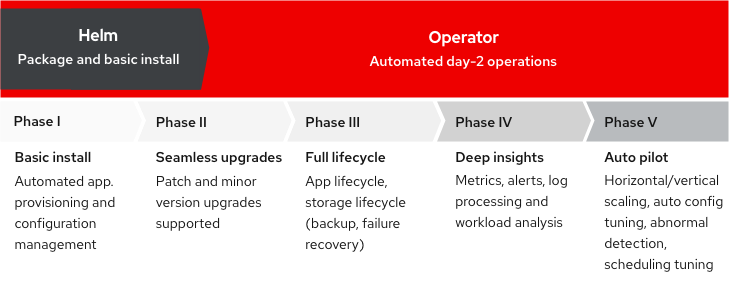Application automation with Kubernetes
How to choose between Helm and Operators
Red Hat OpenShift is an industry-leading Kubernetes-based container management platform for the hybrid cloud. When you build and deliver your software on OpenShift, you can provide cloud-native management capabilities by utilizing Kubernetes technologies such as Helm charts or Operators.
Helm charts and Operators can solve similar problems by providing an easy way to automate deployment of applications or infrastructure software in a Kubernetes cluster. What is the deciding factor on which to use? Both Helm and Operators can work at different points to achieve a desired but different goal.
Helm charts and Operators can solve similar problems by providing an easy way to automate deployment of applications or infrastructure software in a Kubernetes cluster. What is the deciding factor on which to use? Both Helm and Operators can work at different points to achieve a desired but different goal.
Let’s explore some of the differences and similarities they both offer to help you along your journey.
| Helm chart | Operators | |
|---|---|---|
| Use cases | Optimized for individual users deploying applications in a specific project. | Optimized for administrators deploying and maintaining cluster-wide services. |
| Customization | Some scope for customization. Charts allow users to provide values specific to their environment. | Greater scope for customization. More complex operations, workflow and event-driven automation, lifecycle management can be added. |
| Development investment | Shorter development time to build. | Longer development time to build. Operator SDK provides tools to assist in the process. |
| Automation scope | Good for day-1 operations such as installing the application and performing simple updates. | Provides a broad spectrum of day-1 and day-2 automation capabilities, for full lifecycle management of the application. |


